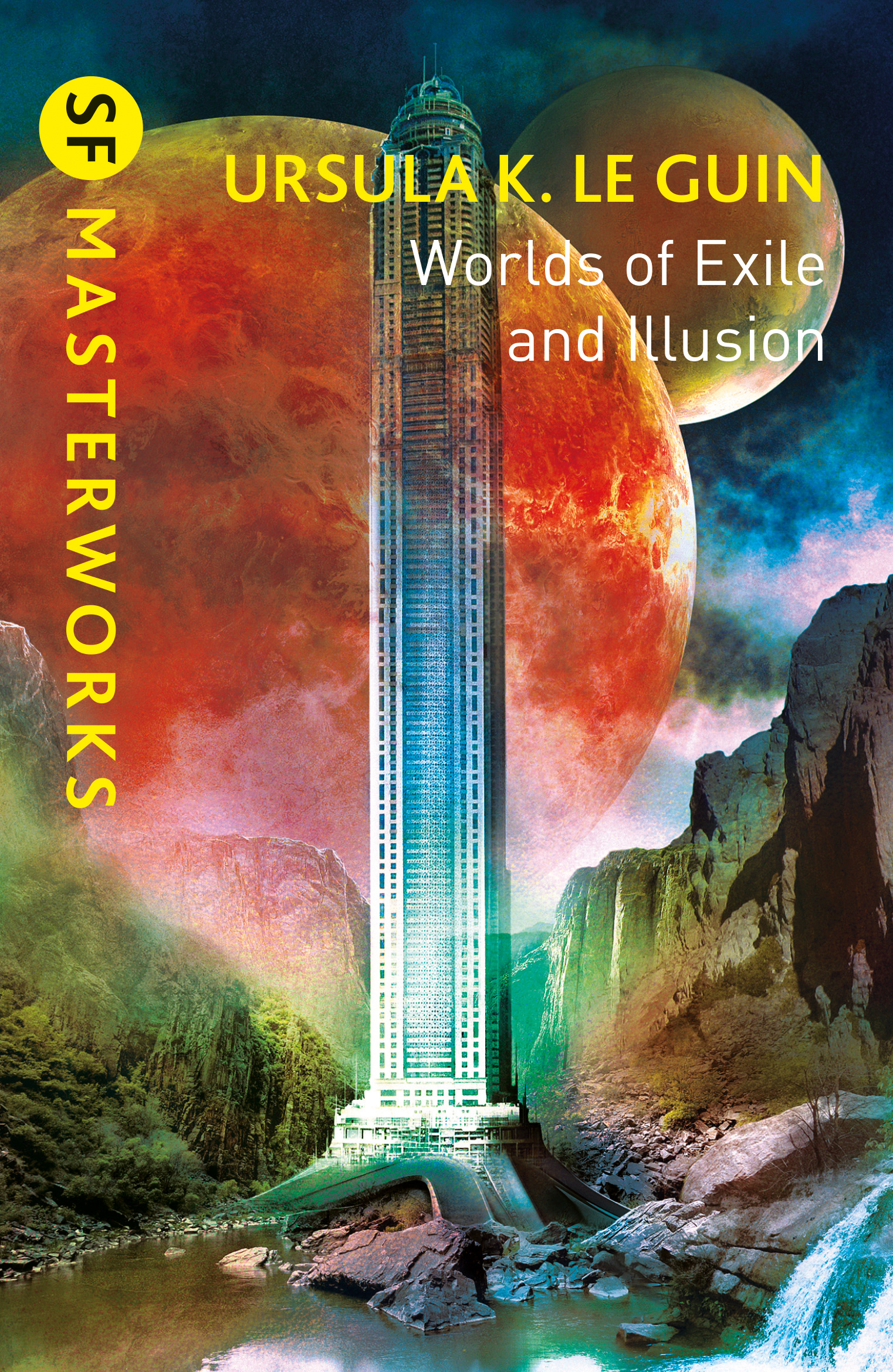

Her travels will take her farther than she could have imagined. Finding it again becomes a passion for Semley, so she leaves one night to find her lost inheritance.

She and her beloved husband are poverty-stricken, but Semley remembers that once her family owned a fabulous necklace that was stolen in her great-grandmother’s day. Semley, dark-skinned and yellow-haired like all of her people on a remote, unnamed planet (called Formalhaut II by Hainish scientists from the League of All Worlds) is a queen of her people.

The prologue, “The Necklace,” takes place many years before the main part of the story. Le Guin blends mythic fantasy and science fiction in this appealing, if not notably original, novel. In her debut novel Rocannon’s World (1966), Ursula K. Final review, first posted on Fantasy Literature: But here's my review for the first novel in the collection, which is Le Guin's first published novel. I'm gradually working my way through that collection, which is going to take a good long while. 5, 2017, which a publicist was kind enough to send me. Le Guin: The Hainish Novels and Stories, just published on Sept. This 1966 SF novel is part of the impressive two-volume set Ursula K. The Hainish Cycle reflects the anthropologist's experience of immersing themselves in new strange cultures since most of their main characters and narrators (Le Guin favoured the first-person narration) are envoys from a humanitarian organization, the Ekumen, sent to investigate or ally themselves with the people of a different world and learn their ways.ģ.5 stars. Her interest in non-Western philosophies was reflected in works such as "Solitude" and The Telling but even more interesting are her imagined societies, often mixing traits extracted from her profound knowledge of anthropology acquired from growing up with her father, the famous anthropologist, Alfred Kroeber.

She was known for her treatment of gender ( The Left Hand of Darkness, The Matter of Seggri), political systems ( The Telling, The Dispossessed) and difference/otherness in any other form. Her recent publications include the novel Lavinia, an essay collection, Cheek by Jowl, and The Wild Girls. Le Guin published twenty-two novels, eleven volumes of short stories, four collections of essays, twelve books for children, six volumes of poetry and four of translation, and has received many awards: Hugo, Nebula, National Book Award, PEN-Malamud, etc.


 0 kommentar(er)
0 kommentar(er)
